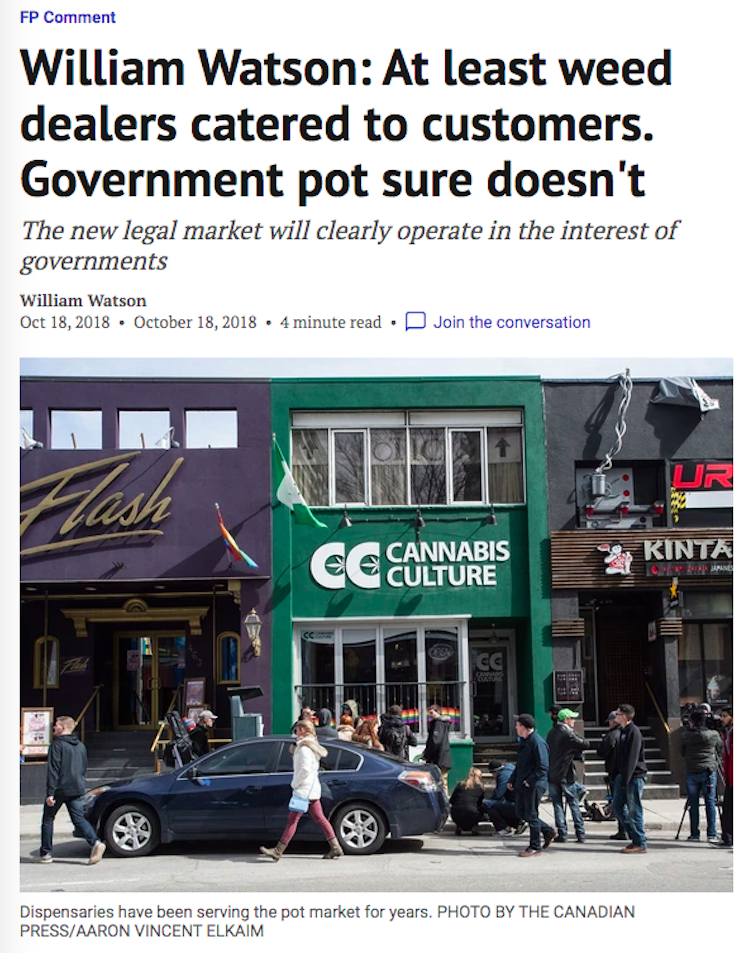How the Medical Monopoly Works

CANNABIS CULTURE- There are medicines that we can supply ourselves – mostly herbal medicines – which also happen to be, on average, safer, cheaper and more effective than the synthetics. The advantage of synthetics seem to be mostly producer advantages – they can be patented and monopolized.

Image from https://www.researchgate.net/publication/366784407_Traditional_Herbal_Remedies_for_Periodontitis
Creating a herb monopoly can be challenging, as the governments faced with cannabis legalization are currently finding.


One way synthetics can maintain their artificial advantage over herbs is by preventing herbs from being covered under the health care system.
It works sort of like this:
Basically, what the links below say is that the average costs of safety and efficacy testing to turn any drug into one with a DIN (Drug Identification Number) costs more than any cannabis company has access to, and may even cost more than the entire cannabis economy all together.

Image from https://cen.acs.org/articles/92/web/2014/11/Tufts-Study-Finds-Big-Rise.html
A new report published by the Tufts Center for the Study of Drug Development (CSDD) pegs the cost of developing a prescription drug that gains market approval at $2.6 billion, a 145% increase, correcting for inflation, over the estimate the center made in 2003.

Image from https://www.forbes.com/sites/matthewherper/2012/02/10/the-truly-staggering-cost-of-inventing-new-drugs/#4b12706e4a94
The average drug developed by a major pharmaceutical company costs at least $4 billion, and it can be as much as $11 billion.

Image from https://www.deloitte.com/ca/en/Industries/technology/perspectives/recreational-marijuana-market.html
Deloitte, for example, published a report last year that found 22 per cent of adult Canadians use marijuana at least some of them time. Based on that number, Deloitte estimates the base retail market value of recreational marijuana could be up to $8.7 billion.

Image from https://macleans.ca/news/canada/how-big-is-canadas-marijuana-market-really/
Canopy Growth, the biggest cannabis corporation in Canada, had a valuation of between 1 and 2 billion dollars:
- November 2016, became the first company in the marijuana industry to achieve elusive $1 billion “unicorn” status. They had a $2 billion valuation on November 16, one week after eight US states passed ballot initiatives legalizing marijuana in some form.[34]
This means that herbs need to get all the benefits of a DIN number while at the same time only having to satisfy NHP (Natural Healthcare Product) standards,
https://www.canada.ca/en/health-can…… otherwise cannabis (and other beneficial herbs) will never get a DIN and never be covered.

In this late stage of the game, cannabis activists and herbal medicine activists must join forces and get coverage for all the herbs – or “legalization” will benefit only those who can afford the highly over-regulated, under-subsidized herbs.



